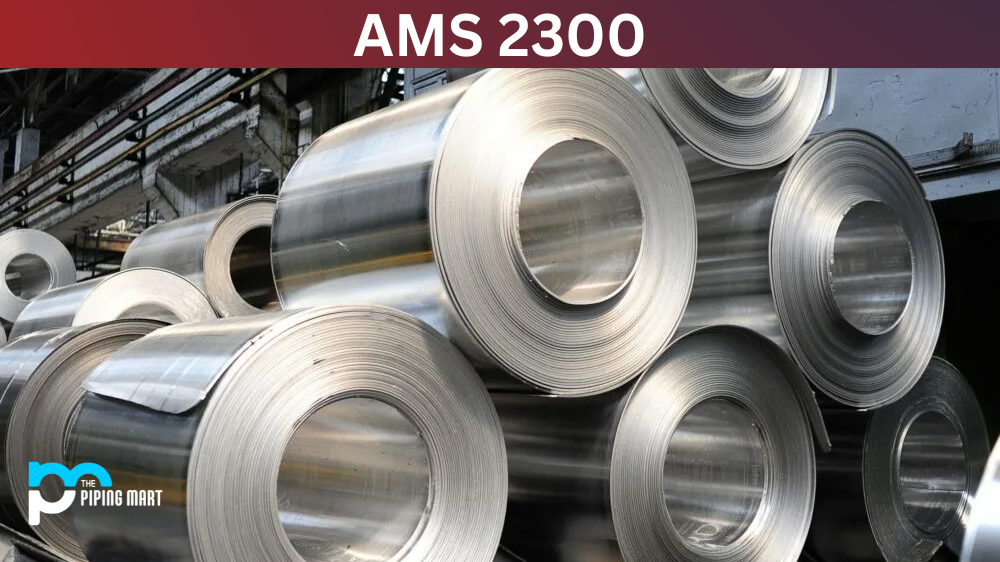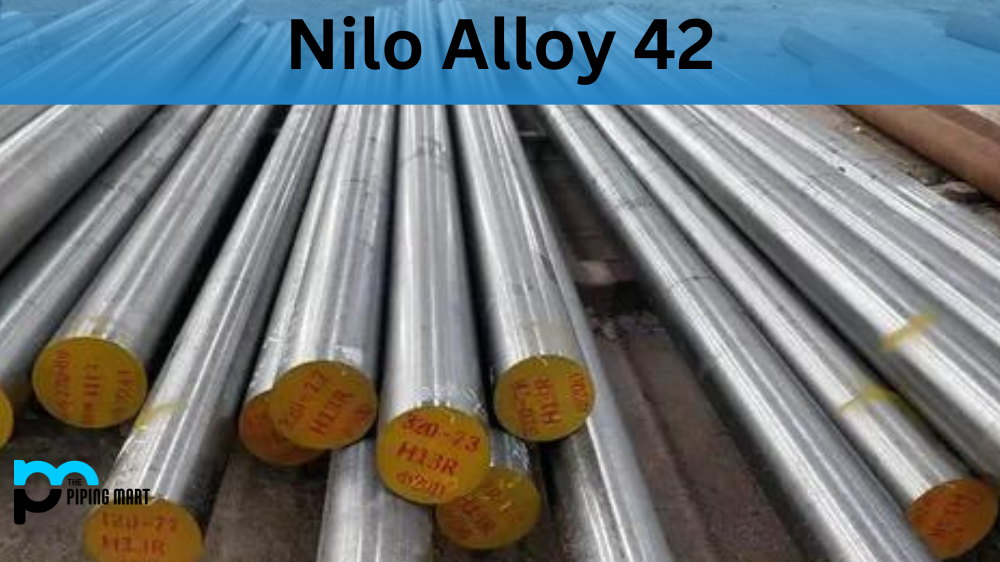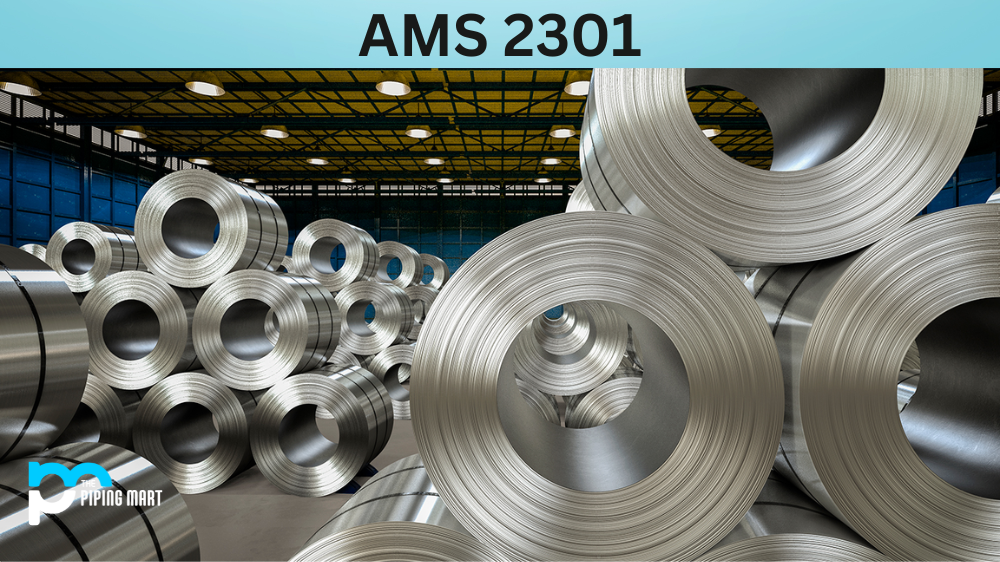you’re in the industry, you’ve probably heard about AMS 2300. AMS stands for Aerospace Material Specification, a document that outlines the requirements for a specific material used in the aerospace industry. In this blog post, we’ll deeply dive into AMS 2300, a popular specification in the industry. We’ll cover what it is, its composition, physical and mechanical properties, uses, and much more.
What is AMS 2300?
AMS 2300 metal is an advanced material that has captured the attention of the engineering and aerospace world. This metal alloy is designed for high-temperature applications and exhibits excellent mechanical properties in extreme environments. It can withstand harsh conditions, such as high heat and pressure, without losing its structural integrity. AMS2300 metal is commonly used in producing jet engines, gas turbines, and other critical aerospace components. Its unique properties make it an ideal material for industries that demand high performance and reliability. The versatility and durability of AMS2300 metal have made it a popular choice for modern-day engineering and technological advancements.
AMS 2300 Composition
AMS 2300 is a high-strength, low-alloy steel alloy containing nickel, carbon, and molybdenum elements. It is also known for its high corrosion resistance, perfect for harsh environments.
AMS 2300 Physical Properties
One of the remarkable physical properties of the AMS 2300 is that it has excellent wear resistance. This property makes it suitable for use in friction and abrasion applications. It also has good ductility, making it easy to form and shape. Additionally, it has a density of 7.85 g/cm³, which is the standard density for most steel alloys.
AMS 2300 Mechanical Properties
AMS 2300 is a high-strength steel alloy with an ultimate tensile strength of 1100 MPa. It also has a yield strength of 930 MPa and a modulus of elasticity of 210 GPa. Moreover, it has excellent toughness and can withstand high-stress levels.
AMS 2300 Uses
AMS 2300 is commonly used in several applications, including aerospace industries, military equipment, and power plants. It also manufactures fasteners, shafts, gears, and other sturdy components that require high strength and wear resistance.
AMS 2300 Hardness
AMS 2300 has a hardness of 32 HRC, indicating its superior strength and hardness. The hardness of the steel alloy makes it more resistant to wear and corrosion.
AMS 2300 Heat Treatment
The heat treatment process for AMS 2300 involves heating the alloy to 1000-1050 °C and then cooling it with oil. Oil quenching produces excellent mechanical properties such as high strength and toughness. Additionally, it is worth noting that this steel alloy can undergo surface hardening treatment to improve its wear resistance even further.
Conclusion:
AMS 2300 material is a remarkable steel alloy with excellent properties such as high strength, wear resistance, and corrosion resistance, making it perfect for applications in harsh environments. Its mechanical properties, such as high ductility, ultimate tensile strength, and yield strength, make it an excellent choice for manufacturing fasteners, gears, and shafts. As a result, the heat treatment procedures and surface-hardening treatment implemented on this alloy make it an attractive material for the aerospace and military equipment industries.

A passionate metal industry expert and blogger. With over 5 years of experience in the field, Palak brings a wealth of knowledge and insight to her writing. Whether discussing the latest trends in the metal industry or sharing tips, she is dedicated to helping others succeed in the metal industry.




